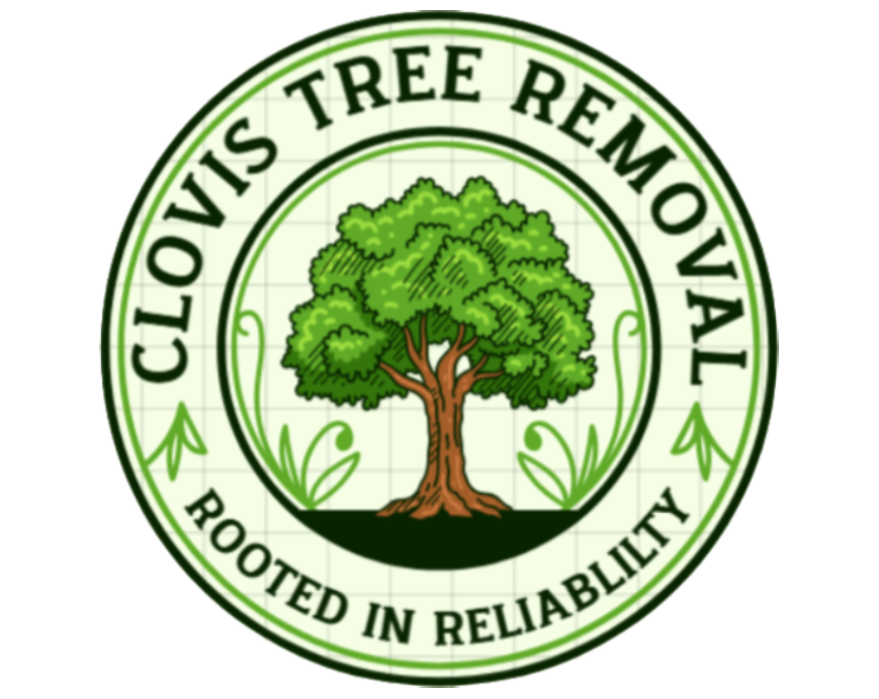Knowing When It’s Time to Remove a Tree
Trees add beauty and value to Clovis properties, providing shade during our hot summers and windbreaks during those intense eastern New Mexico gusts. But sometimes a tree becomes more of a liability than an asset. Knowing when to remove a tree versus when to save it can be challenging for homeowners. Here are five clear signs that it’s time to call a professional tree removal service.
The Tree Is Dead or Dying
A dead tree is a dangerous tree. Without living wood to hold it together, dead trees become unpredictable and brittle. They can drop large branches without warning or topple entirely during storms. Signs of a dead or dying tree include bark falling off in large sections, no leaf growth during spring and summer, brittle branches that snap easily, and visible fungi or mushrooms growing on the trunk or roots.
In Clovis, Siberian elm trees are particularly prone to sudden death due to disease or drought stress. If you notice these signs on your property, don’t wait for the next windstorm to make the decision for you. Dead trees should be removed promptly to prevent property damage or injury.
The Tree Is Leaning Dangerously
A slight lean is normal for many trees, but a sudden lean or a severe angle toward your house, garage, or neighbor’s property is a red flag. This often indicates root damage or failure on one side of the tree. Eastern New Mexico’s high winds can push already-leaning trees past their tipping point, especially after heavy rains soften the soil.
If you notice your tree developing a lean or if an existing lean is getting worse, have it evaluated by a professional immediately. Some leaning trees can be cabled or braced, but many need complete removal before they cause damage.
Root Damage Is Affecting Your Foundation or Plumbing
Large trees like cottonwoods develop extensive root systems that seek out water sources. Unfortunately, this sometimes means your plumbing lines, sewer pipes, or even your home’s foundation. Signs of root damage include cracks in your foundation, unexplained plumbing issues, raised or cracked sidewalks and driveways, and visible roots pushing up through your lawn near the house.
Root damage rarely fixes itself. Even if you cut back the visible roots, the underground network continues growing toward moisture. In many cases, removing the tree is more cost-effective than repeatedly repairing foundation or plumbing damage.
Major Storm Damage Has Occurred
Clovis experiences its share of severe weather, from high winds to occasional ice storms. After a major storm, assess your trees for damage. Warning signs include split trunks, large broken branches hanging in the tree (widow makers), exposed roots from the tree being partially uprooted, or significant bark damage around the entire trunk.
Storm-damaged trees are unstable and dangerous. Even if the tree appears to still be standing solidly, internal damage may have compromised its structure. A certified arborist can assess whether the tree can be saved through pruning or if removal is the safer option.
Branches Are Interfering with Power Lines
Trees growing into or near power lines create serious hazards. Branches contacting power lines can cause outages, fires, and electrocution risks. In Clovis, where wind regularly moves branches around, even trees that aren’t currently touching lines can become problems during storms.
Never attempt to remove branches near power lines yourself. This is extremely dangerous work that requires professional tree services with proper equipment and training. In some cases, the utility company will handle trimming near their lines, but if the tree is too close or too large, complete removal may be necessary.
What to Do If You Notice These Signs
If your tree shows any of these warning signs, start by getting a professional assessment. A certified arborist can evaluate the tree’s condition and recommend whether removal is necessary or if other treatments might save it. For trees that do need removal, getting multiple quotes helps ensure you’re paying a fair price.
Understanding typical removal costs for your area makes the process less stressful. Our free tree removal calculator provides instant estimates based on tree type, size, and complexity factors specific to Clovis.
Don’t Wait Until It’s an Emergency
The worst time to deal with tree removal is after the tree has already caused damage. Emergency tree removal costs significantly more than planned removal, often 50-100% higher than standard rates. Plus, your insurance may not cover damage from a tree you knew was hazardous but didn’t address.
If you’ve noticed any of these five warning signs, take action now. Get assessments, gather quotes, and budget for the work before the next storm makes the decision for you. Your property and your family’s safety are worth the investment in professional tree removal.
Choosing the Right Tree Service in Clovis
When hiring a tree removal service, always verify they’re licensed and insured. Ask for proof of liability insurance and workers’ compensation coverage. Get at least three written quotes that detail exactly what’s included. Be wary of quotes significantly lower than others, as this often indicates inadequate insurance or inexperienced crews.
Look for companies with positive local reviews and a track record in the Clovis area. Local companies understand our specific tree species, weather challenges, and municipal regulations. They’re also more likely to stand behind their work since their reputation depends on community relationships.

Leave a Reply